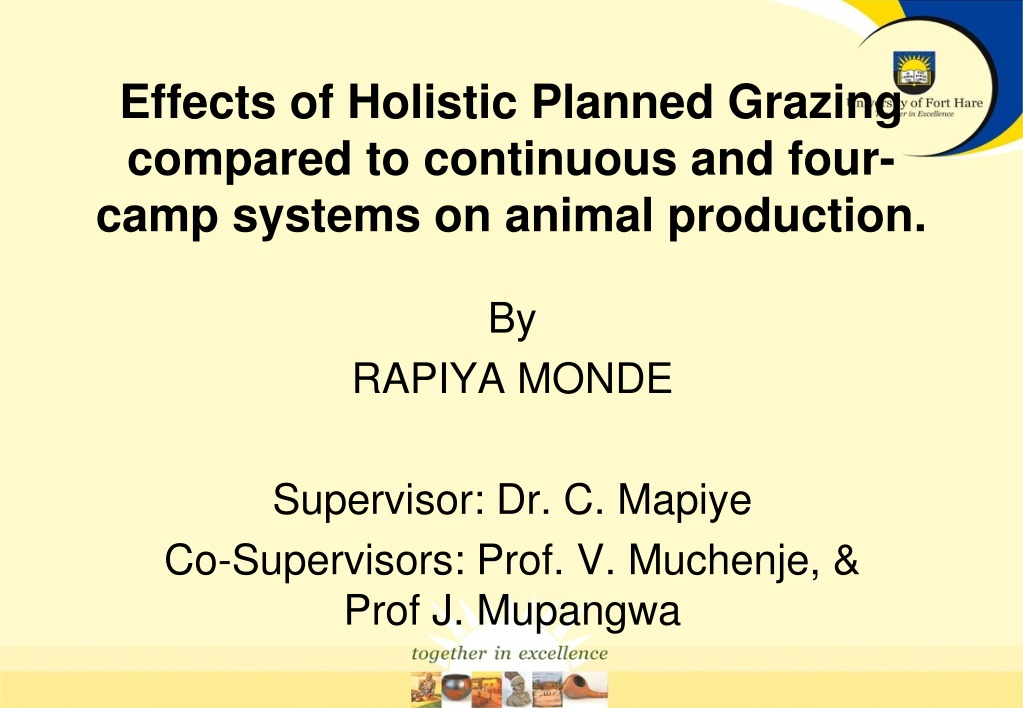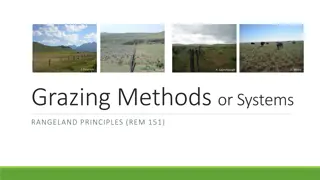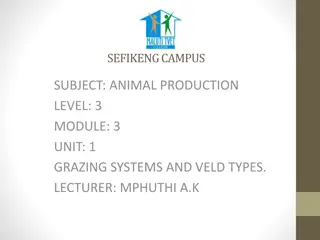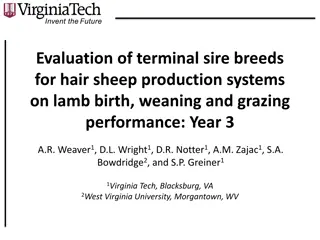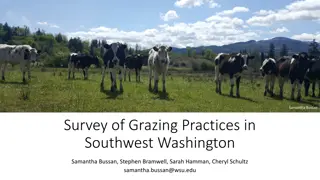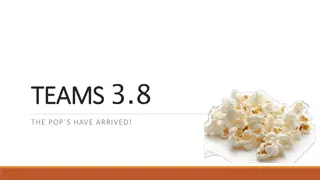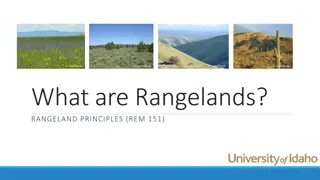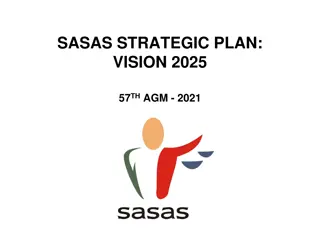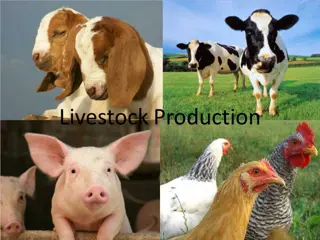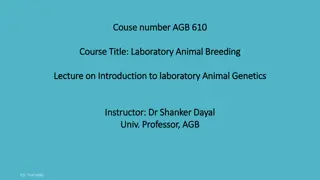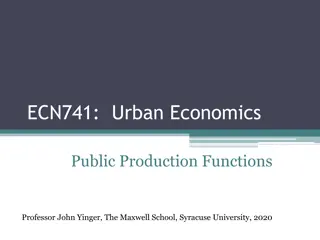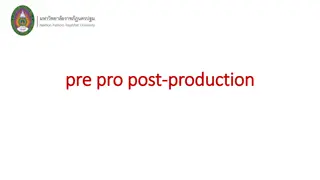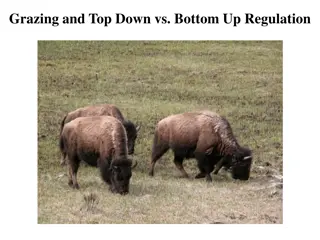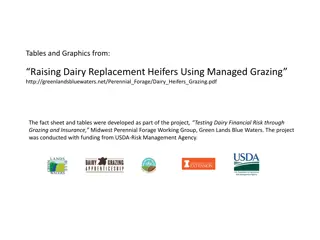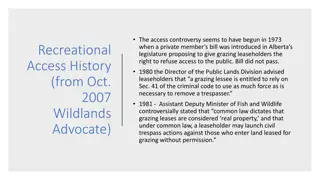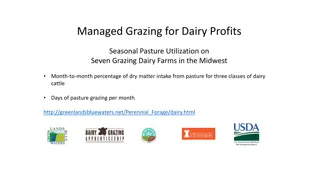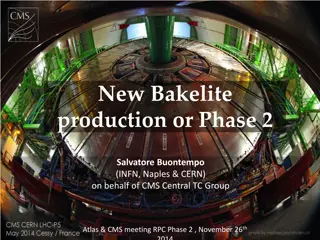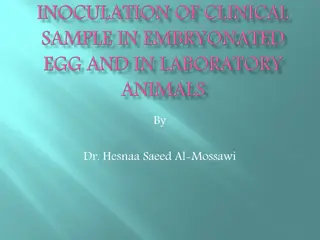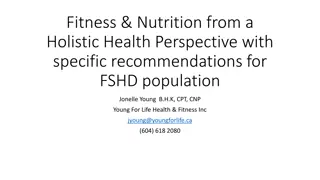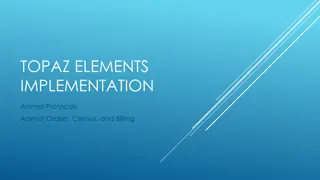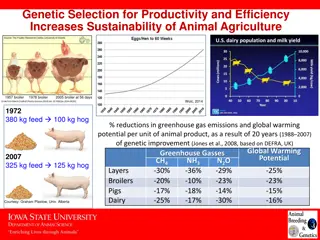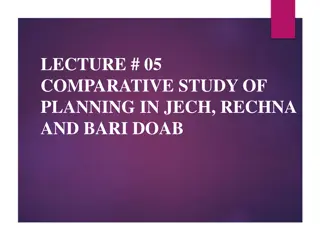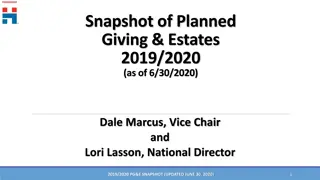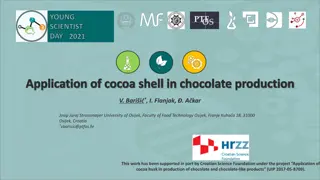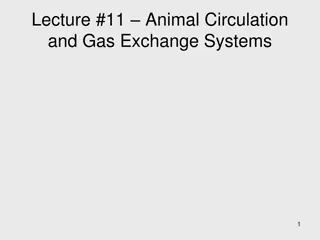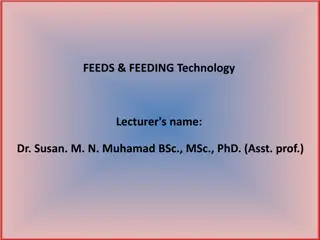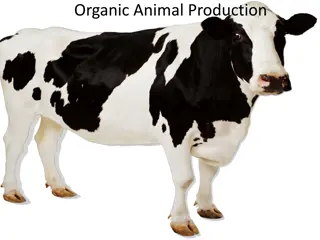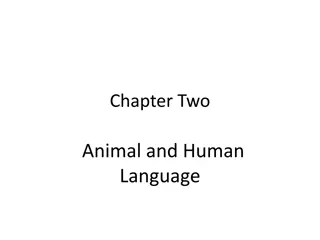Effects of Holistic Planned Grazing on Animal Production Compared to Other Grazing Systems
Rangeland degradation is a significant issue in South Africa, affecting livestock production. This study compares the impact of Holistic Planned Grazing (HPG) with continuous and rotational grazing systems. HPG is an innovative approach that aims to restore and manage resources efficiently. The research investigates how different grazing management systems influence animal performance in rangeland environments.
Download Presentation

Please find below an Image/Link to download the presentation.
The content on the website is provided AS IS for your information and personal use only. It may not be sold, licensed, or shared on other websites without obtaining consent from the author. Download presentation by click this link. If you encounter any issues during the download, it is possible that the publisher has removed the file from their server.
E N D
Presentation Transcript
Effects of Holistic Planned Grazing compared to continuous and four- camp systems on animal production. By RAPIYA MONDE Supervisor: Dr. C. Mapiye Co-Supervisors: Prof. V. Muchenje, & Prof J. Mupangwa
Introduction Rangeland? Rangelands occupy 70% of land in South Africa. Mostly used in rural areas for livestock production. Nearly 4.8% of communal rangelands in South Africa are recognized as degraded. Rangeland degradation is defined as a decrease in plant species diversity. The main causes of Rangeland degradation Conversion of rangeland to cropland is the leading cause. Wood harvesting. Over-grazing by livestock. Climate change.
Restoration techniques. Grazing exclusion. Rotational grazing systems. Balance between livestock numbers and the forage. Irrigation, fertilising, surface tillage. Traditional management has assumed an equilibrium system.
Conti Grazing management is a powerful tool which influence livestock production and forage availability. Importance of grazing management systems(GMS). GMS are used to exploit rangeland through grazing. GMS are used for evaluating and managing rangeland They play a vital part in the value & extent of animal production. GMS are also used to controlling livestock grazing to come out with specific outputs.
Grazing systems used in South Africa. Rotational grazing Continuous grazing Holistic Planned grazing Rotational and continuous grazing systems are the most affordable management practices. These grazing systems were reported as the main cause of a decrease in the value of rangeland.
Conti.. Holistic planned grazing (HPG) is an intellectual method of managing and re-establish resources that were initially developed. Holistic planned grazing is similar to rotational grazing since it is a short grazing method. HPG Differ from RG since it gives a background of adapting ecosystems while rotational grazing use already available resources. HPG method can be practiced in rangeland with several ecological factors and is also associated with a permaculture method to range management.
General Objective To investigate the effects of Holistic Planned Grazing (HPG) management system compare continuous and rotational grazing on animal performance.
Specific Objectives To compare the effects of HPG, continuous grazing and 4-camp rotational grazing systems on animal growth and carcass attributes. To compare the effects of HPG, continuous grazing and 4-camp rotational grazing systems on tick loads.
Hypothesis HPG, continuous grazing and 4-Camp rotational grazing systems have no effect on animal growth and carcass attributes HPG, continuous grazing and 4-Camp rotational grazing systems do not have an influence on tick loads
Materials and Methods Study site
Experimental Design The farm will be randomly divided into three sections, each treated with a different management practice. Animals will be divided into three groups. Animals will be placed and allowed to graze for a season on each short grazing system and continuous grazing. Animals will allow seven days rest under HPG and RG while under continuous grazing system animals will graze for the entire season without resting.
Conti.. 110 Oxe weaners (mixed Bonsmara, Simmentaler and Boran).
Data collection. Mobile Race
Carcass Attributes Animals will be transported to slaughterhouse around Mzimvubu and wait 2hours lairage. Animals will weigh before slaughter to measure Live weight of each cattle. Fresh and cold weight of the carcass will measured in order to evaluate dress percentage.
Conti. The following formula will be used to calculate final weight (final/Actual weight = hot weight/average dressing percentage*100). Skin, head, empty stomachs, and empty intestines will be weighed as non carcass parts.
Statistical analyses Data will be analysed using the general linear model (GLM) procedures of Statistical Analysis Systems (SAS/JMP, 2013). Yijk= + Ti+ Lj+Sl+(T x L)+(T x S)+(L +S)ijk+eijk = Mean, T = effects of grazing management systems. L = Effect of live weight S = effect of season eijk = Standard Error
Expected outcome The study will come out with clear knowledge and understanding of animal production under different grazing systems. Animals under short grazing systems are expected to perform better than those under continuous grazing.
Work Plan Mar June Jul Aug Sept Nov Dec - Fer Mar Jul Aug Sept Activities 2016-2017 May Jun Proposal Write-up & presentation X Data collection X X X X X X X Literature Review X X X X Data Thesis Analysis and Write up X X X Thesis Write up X
End THANK YOU .
